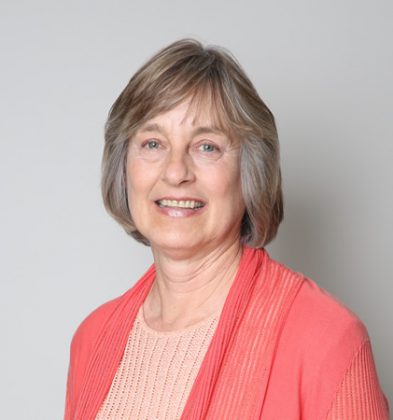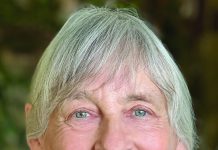The Truth of the Matter

For years now I and other members of the South Laguna Civic Association historical committee have been working on a book on the history of South Laguna. This is especially challenging because government records prior to the 1987 annexation into Laguna Beach are only a small part of the records of the County of Orange. Making it even more complicated, prior to 1889 when Orange County was created, our area was in Los Angeles County. We have the map of homesteads compiled and drawn by Beryl Wilson Viebeck documenting early land ownership post 1870. Previous historical works are limited in scope—Joe Thurston’s “Laguna Beach of Early Days” concentrates on the family homestead in Aliso Canyon, and Karen Wilson Turnbull’s “History of Three Arch Bay” features that community—which is only 20% of South Laguna.
So we had a challenge—to piece together South Laguna’s history from the only documents we could find—mostly the microfilm copies of the old newspapers at the Laguna Beach library. Volunteers pored through them, looking at a list of names of prominent people and places we had pieced together and making copies of relevant pages. (Even now those microfilmed Laguna Beach papers are not searchable by computer.) I compiled these by year and summarized the information. Then I was told by a real historian, “Newspapers are considered secondary sources.” Why? Sometimes their interpretation of primary sources is incomplete or even in error. The stories aren’t checked as they might be for a history book. Even if the paper publishes a correction, the likelihood of our finding the correction with our method and correlating it with a prior story is minimal.
How do errors creep in? Just last week, the article in the Register regarding the saving of the historical Laguna Beach lifeguard tower mentions “Fred Griggs” having designed the modern lifeguard tower that was rejected in the early 1970s. “Fred Briggs” was the architect—it was just a typo—but it could be an everlasting one. With the internet errors can live on.
When I looked up Fred Briggs on the internet in connection with the tower there were several entries saying he had designed the present, historical tower. Not true, the tower is from the 1930s or earlier and was moved from a gas station across Coast Highway in 1937, according to detailed research by Jane Janz. Perhaps Briggs did work on the remodeling the tower interior, but he did not design it. Getting to the bottom of all these details and assuring correctness is a time-consuming challenge.
Sometimes the more we looked it seemed we were uncovering more mysteries than answers. The homesteader for the central portion of South Laguna, from Camel Point to Three Arch Bay was Leon W. (Lee) Goff. He sold his 153-acre homestead for $13,000 in August of 1888 to three men from Illinois. A little more than a month later he died at age 36 leaving his wife Nettie and four children. There is an impressive tombstone in Santa Ana’s Fairview cemetery, leading us only to guess at the emotions that must have played into its erection. What caused his death? I have ordered a copy of his death certificate from the Los Angeles County archives—this is an incomplete story I am aching to tell.
Lee’s brother Franklin’s 136-acre homestead was north of Aliso Creek. Thurston says Franklin sold his homestead around the same time that Lee sold his to a syndicate that planned a resort where the Montage is now. The development was to be named “Santa Catalina on the Main” and was to be accessed from a train that was planned to run up Aliso Canyon. In her History of Laguna Beach, Josephine Yoch says the sale was to Raymond Whitcomb, a prominent Eastern travel company. But the Los Angeles County archives in Norwalk revealed no Frank Goff sale of that homestead. A contract of sale that was never consummated? It all fell through of course, the railroad was never built and the real estate boom collapsed. The story of the resort project’s abandonment told in newspapers years later involved another company completely. Another mystery.
The self-censorship of a small town also comes into play. “What no one wants to say doesn’t get written,” even though it’s true. Rarely documented is information about the character and qualities of people who influenced our town. What were these important figures in our history really like?
Questions raised by local lore need to be explored. Maurie Beaumont on Sea Cliff Drive said that his house was once owned by Charlie Chaplin who partied there with Douglas Fairbanks and Hollywood friends. He said the house was originally built on the lot below, but when Charlie and his wife Lita Grey divorced and she and her mother got that lot he had the house moved with horses and sleds uphill to the property he still owned, leaving her an empty lot. What a colorful story. I read Chaplin’s biography, books written by his wife—nowhere was there a mention of his even being in Laguna. No property title documentation either.
But just because we don’t find something it doesn’t mean it’s not out there somewhere. The more we look, and the more we learn, the more fascinating our community becomes, even though the truth is elusive.
Ann is a landscape architect and former Laguna Beach mayor. She is also a long-time board member of Village Laguna, Inc.




